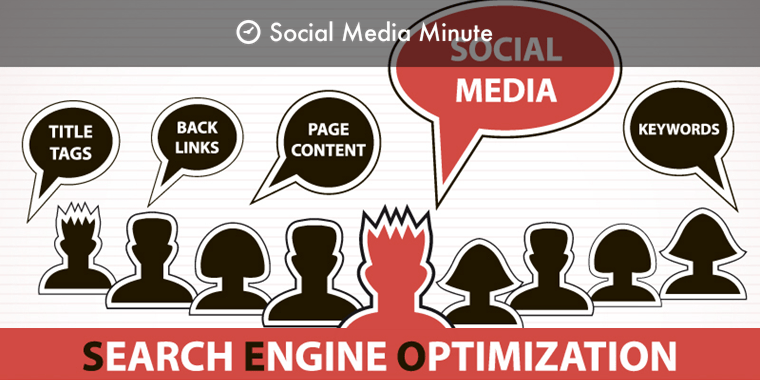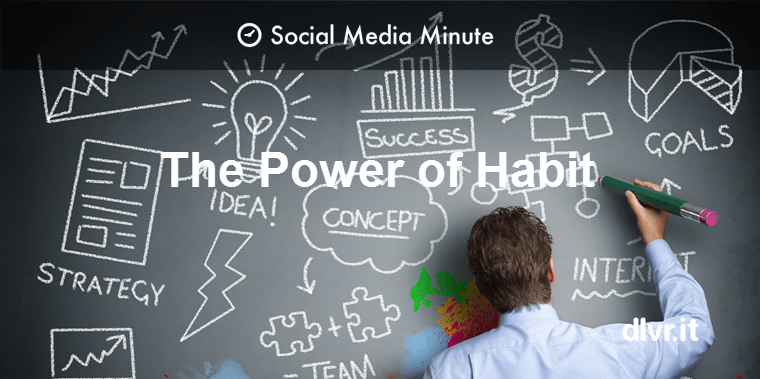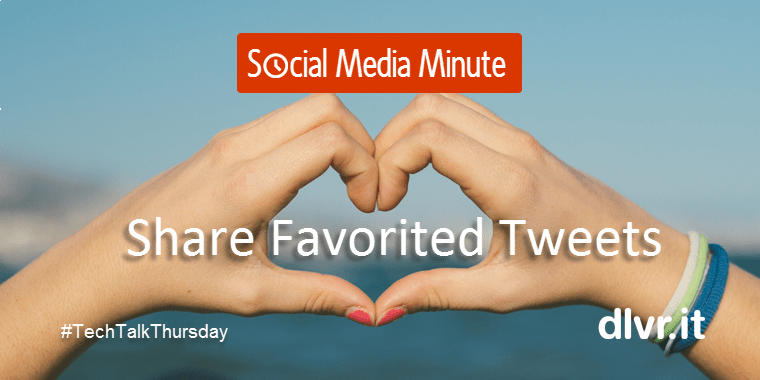
Influencer Partnerships: Collaborating for Social Media Success
Influencer marketing has become prominent because it blends authenticity and targeted reach. Rooted in the trust that influencers nurture with their audiences, this marketing strategy leverages their credibility to promote products or services. Before Instagram stars and YouTube sensations, influential figures shaped public opinion without hashtags or viral videos. In the social media age, influencers have become powerful allies for brands, connecting them directly with potential customers. Understanding influencer marketing can bring valuable insights to brands that want to tap into its potential. Here’s a comprehensive view of how brands can work with influencers to create impactful social media marketing narratives.
Understanding the Influencer: Pre-Internet vs. Present
Long before social media, influencers shaped culture, fashion, and purchasing decisions. These early influencers—who included celebrities, authors, and other public figures—wielded their influence through television, radio, literature, and live performances. Marilyn Monroe, for instance, became an iconic figure in the world of fashion and cinema, influencing trends and products associated with her image. Similarly, renowned authors like Ernest Hemingway influenced readers not just with their literary works, but also their personal lifestyles and choices.
Since then, the definition of an influencer has truly expanded. Platforms like Instagram, TikTok, and YouTube have borne new types of influencers who curate their content niches and engage directly with their followers. These influencers—like fitness enthusiast Kayla Itsines or gamer PewDiePie—don’t just entertain us. They’re pivotal in influencing the purchasing decisions of their millions of loyal followers which, of course, makes them valuable assets for brands.
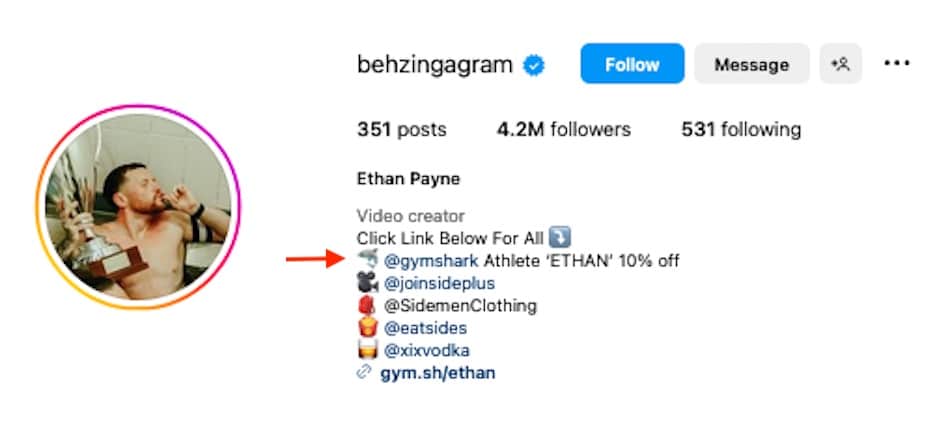
The Mechanics of Influencer Partnerships
Influencer partnerships aren’t simply transactional. They are strategic collaborations that merge your brand objectives with an influencer’s voice and audience. When done right, these partnerships can create a marketing story that reaches audiences in authentic and organic ways.
Of course, these collaborations are also mutually beneficial. Brands get to access a dedicated audience that trusts the influencer’s recommendations, while influencers get compensation, products, or unique experiences to share with their followers. Consider the partnership between athletic wear brand Gymshark and fitness influencers like bodybuilder Ethan Payne and trainer Nikki Blackketter. Instead of just sending products for promotion, Gymshark often involves influencers in product design or event hosting, ensuring both parties are deeply invested in the collaboration’s success.
Another striking example is the Glam Bag X collaboration between beauty brand IPSY and beauty influencer and entrepreneur Huda Kattan of Huda Beauty. This partnership extended beyond simple product promotions. It was about sharing makeup techniques, tutorials, and insights that benefitted IPSY’s audience and aligned perfectly with Kattan’s expertise.
Watch brand Daniel Wellington also notably maximized influencer partnerships by collaborating with a wide range of influencers with smaller audiences. Their strategy was less about product placement than integrating the watch into influencers’ daily lifestyles, making it a must-have accessory. Such collaborations emphasize authenticity, with influencers showcasing the brand organically, making it appealing to their audiences.
But it can be a real challenge to ensure that your influencer partnership stands out in the ocean of social media content. That’s where social media automation tools can come into play. By scheduling posts, automating engagement, and analyzing performance metrics, you can use these tools to help maximize the visibility and impact of the content you generate with these partnerships. For instance, when you partner with an influencer for a product launch, you can use an automation tool to ensure that the right messaging gets posted at peak times across different platforms to reach your maximum audience.
Engagement is key to any successful influencer partnership. Your brand needs to choose influencers whose values align with yours. An organic fit ensures that your promotional content doesn’t feel forced, and resonates more effectively with your audience. It’s not just about the number of followers an influencer has, but the quality of engagement they foster.
Influencer partnerships need to meld strategy and authenticity in effective ways. Brands and influencers need to work in tandem, leveraging each other’s strengths to create compelling content that captures and converts their shared audience.
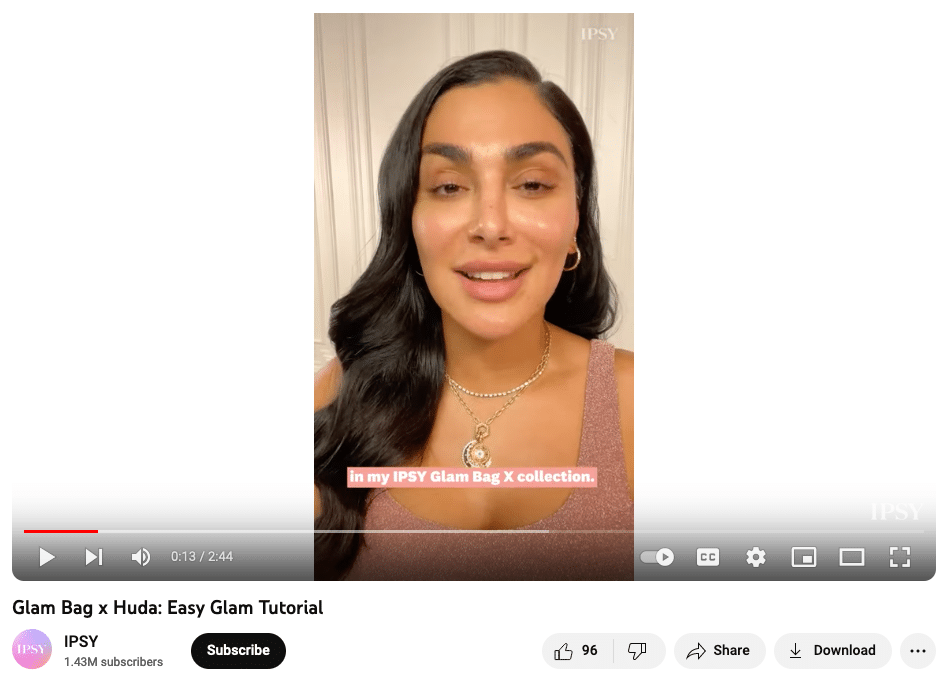
Tactics to Forge Successful Influencer Partnerships
To create an effective influencer partnership for your brand, you need to do more than just find that popular face or personality on social media. You need to create strategic alignment, communicate effectively, and evaluate your strategy constantly. Here are some key tactics that brands can adopt to ensure their influencer collaborations are both authentic and impactful:
- Identify the right fit for your brand. Regardless of their follower count, not all influencers in your realm will be the right fit for your brand. You need to look beyond numbers and assess an influencer’s audience demographics, engagement quality, and content style before getting your brand involved.
- Communicate and negotiate effectively. True partnerships require open communication channels. Discuss expectations, compensation, and deliverables before formalizing any agreement with your influencer. You might consider drafting a clear influencer agreement that outlines all terms, from posting frequency to usage rights.
- Set clear KPIs and monitor your results. As with any campaign, you should establish specific Key Performance Indicators (KPIs) like engagement rates, conversion rates, or brand mentions to evaluate your influencer campaign’s success. Social media automation tools offer invaluable analytics for tracking these metrics.
- Leverage social media automation for consistent engagement. Social media automation enables you to post your influencer’s content across all of your platforms at peak engagement times. Automation can also help you repost this content across various brand-owned platforms, amplifying its reach.
- Collaborate to create your content—and post consistently. Brands that hand a script to influencers to create content miss the point. Whether it’s a behind-the-scenes look or an interactive Q&A session, your audience wants the real thing. Working with influencers to truly co-create content ensures that it reflects their unique voice and connects with their audience. And working with a tool that automates social media scheduling ensures that posts reach that audience during peak times.
- Keep it compliant and authentic. With regulations around sponsored content becoming stringent, brands and influencers need to be transparent about their partnerships. Using tags like #sponsored or #ad both keeps collaborations compliant and fosters trust with the audience. Genuine influencer endorsements always resonate better than forced promotions.
By adopting sensible tactics and emphasizing genuine relationships over mere transactions, you can leverage influencer marketing to create meaningful connections with your target audience.
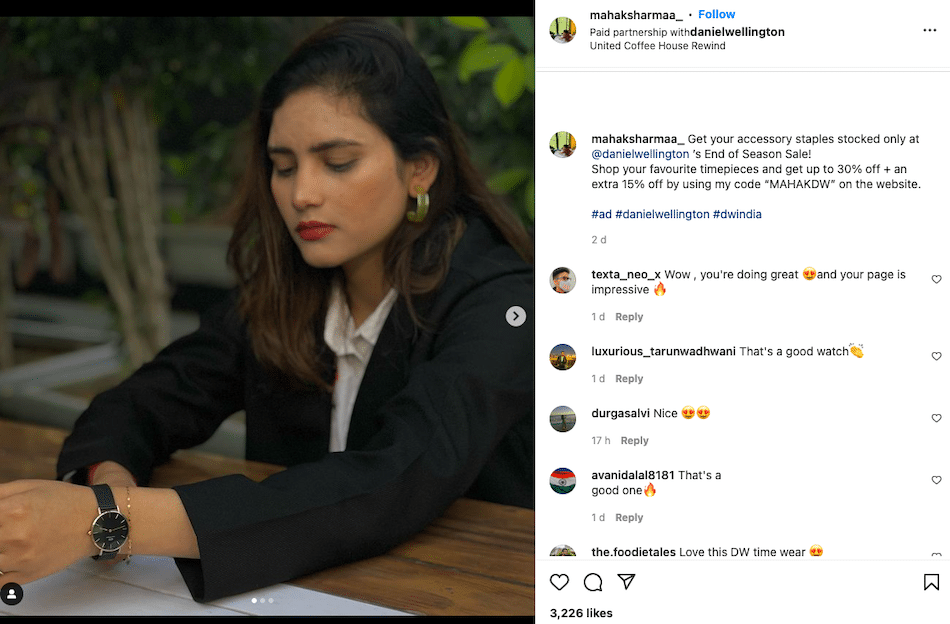
The Future of Influencer Partnerships
Influencer partnerships have become a mainstay in brand strategies due to the authentic way they connect brands and consumers. These partnerships will continue to evolve and adapt to new platforms, technologies, and audience preferences. Micro- and nano-influencers who have smaller followings but deeper engagements indicate a shift towards quality over quantity. Advancements in analytics and AI will give brands insights that can help them tailor collaborations more effectively. But successful influencer partnerships will always hinge on authenticity. True collaborations in this realm are less about reach than relevance, and aim to forge genuine connections that benefit brands, influencers, and audiences alike. Those connections also require consistent content posting across all your social media platforms. Using dlvr.it to automate your posting as part of your influencer partnership strategy can help you build your audience and maximize your reach. Learn how dlvr can free you from posting tasks and keep you focused on the quality of your social media content.
Ron Nachmann
Related Posts
IN THIS ARTICLE

